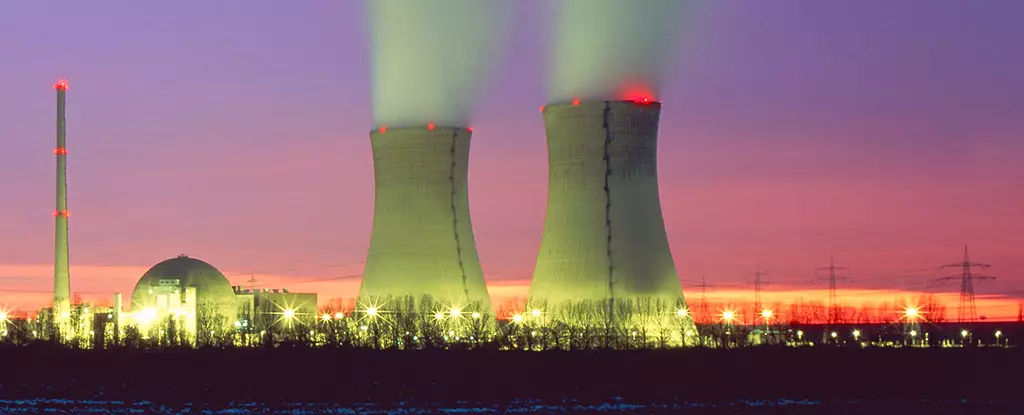Nuclear power remains one of the most perplexing facets of our energy conversation, offering a viable path toward reducing greenhouse gas emissions in an increasingly warming world. Yet, it is overshadowed by its notorious byproduct: radioactive waste. The debate around nuclear energy often hinges on this duality – while it holds the potential to satisfy a significant fraction of global energy needs, the lingering question of how to manage its waste highlights the need for innovative solutions. Enter the recent groundbreaking research that proposes harnessing this waste to power microelectronics, a notion that could flip the script on how we utilize nuclear byproducts.
Transforming Waste Into Energy
Imagine transforming a substance many regard as nothing but toxic waste into a fountain of energy for our modern technologies. A recent study led by a team at Ohio State University unveiled a revolutionary approach to employ ambient gamma radiation emitted by nuclear waste to generate sufficient energy to power microchips used in small sensors. The application of ambivalence surrounding radioactive waste takes on a twist, as nuclear engineer Raymond Cao succinctly states, “We’re harvesting something considered as waste, and by nature, trying to turn it into treasure.” The poetic juxtaposition of waste becoming a resource not only reshapes perceptions but also invigorates the conversation around nuclear energy’s potential for a greener future.
The Intricacies of Nuclear Batteries
Though nuclear batteries have remained somewhat in obscurity for decades, the latest prototype begs attention — a development that demonstrates the intersection of science and sustainability. This concept operates through a two-stage process: scintillator crystals absorb radiation and convert it into light, with solar cells subsequently transforming that light into electricity. The beauty of this mechanism is not just in its functional simplicity but in the elegance of its design — compact, efficient, and directed at a remarkable goal. The prototype battery itself, measuring a mere 4 cubic centimeters, achieved outputs of 288 nanowatts and 1.5 microwatts when tested with common nuclear waste products like cesium-137 and cobalt-60. As aerospace engineer Ibrahim Oksuz states, “These are breakthrough results in terms of power output,” posing an optimistic frontier that could lead to unprecedented advancements in energy storage and delivery systems.
Innovation Amidst Caution
Despite its promise, this technological marvel reveals a complicated web of considerations. The nuclear batteries will ideally operate in proximity to waste-producing facilities rather than being integrated into widespread public usage. While they are reported to be touch-safe and non-polluting, uncertainties persist regarding their longevity once deployed. Also, the radiation hardness of both the scintillator and photovoltaic cells demands rigorous research to ensure reliability and performance under various conditions. Upon delving deeper into the research, it becomes evident that careful navigation of these aspects could be pivotal in determining scalability and practical implementations.
Broadening the Horizon
The implications of this research reach far beyond terrestrial applications. The concept of using gamma radiation for power generation opens exciting possibilities for space exploration. With significant energy demands anticipated in governing equipment amid the vastness of space, deriving power from radioactive decay could augment our ability to deploy long-lasting, low-maintenance power sources. This conception transforms what was once considered hazardous waste into a vital component of future missions.
Charting a Path Forward
In the dynamic interplay between scientific innovation and public policy, these findings hold weighty implications for the energy sector. The notion of transforming nuclear waste into an asset resonates powerfully, pushing boundaries for broader acceptance of nuclear energy. It is crucial that we now foster a discourse that rebrands nuclear power not as a mere alternative to fossil fuels but as a cornerstone for sustainable future technologies. The potential of what this research encapsulates could lay the groundwork for a renaissance in energy generation — one where environmental stewardship and technological advancement coalesce harmoniously on the global stage.


Leave a Reply